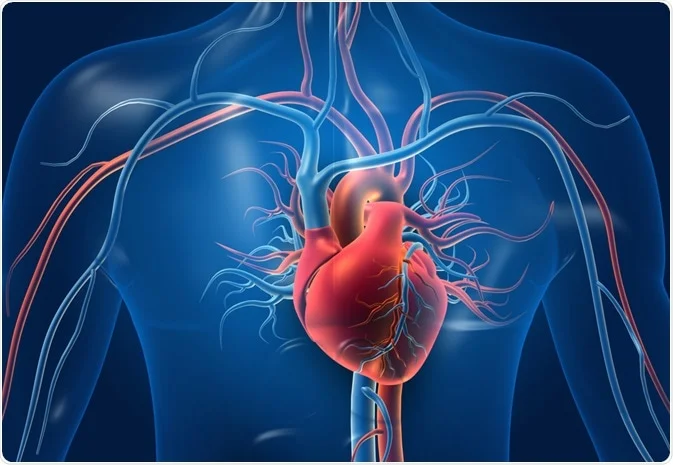
Nuclear stress testing is a specialized diagnostic tool used to assess how well blood flows to the heart muscle, both at rest and under stress. It’s often recommended when symptoms such as chest pain, shortness of breath, or irregular heartbeats raise concerns about underlying heart disease. By providing detailed images of the heart’s function, nuclear stress tests help physicians make accurate diagnoses and guide treatment decisions. Understanding when and why a nuclear stress test is needed provides a clearer picture of its role in cardiac care.
What Is Nuclear Stress Testing?
Nuclear stress testing uses small amounts of a special material called a radioactive tracer combined with imaging technology to assess heart function. This tracer enters your bloodstream, and a camera detects how it moves through your heart. The tracer shows how your heart functions at rest. Next, it tracks your heart’s activity under stress, often simulated either through exercise or medication that speeds up your heart rate. This process helps identify areas of the heart with reduced blood flow or damage from past heart issues. The results enable medical professionals to identify issues that may not be apparent with other types of heart tests.
When Is It Recommended?
Nuclear cardiac testing is usually recommended when there are signs of specific heart concerns or when ongoing heart treatment needs evaluation. This test is especially helpful for people who experience symptoms such as chest pain or shortness of breath during physical activity. These symptoms could indicate a reduced blood supply to certain parts of the heart.
Heart function may also need to be monitored for individuals with a history of heart disease or those who’ve undergone treatments, like stent placements. Nuclear cardiac testing also provides valuable insights into the effectiveness of these treatments. The test is useful in predicting the likelihood of future heart issues and assisting in planning preventive strategies.
What Happens During the Procedure?
A nuclear stress test typically involves three stages. First, a medical professional places an IV in your arm to inject the radioactive tracer. You’ll wait about 30 minutes to allow the tracer to circulate. During this time, a camera captures images of your heart at rest.
Next, the stress portion of the test begins. You may be asked to walk on a treadmill or take medication to raise your heart rate. Once your heart reaches the desired activity level, another small dose of the tracer is injected. A second set of images is then taken to observe how your heart works under stress. This procedure is usually completed in a few hours. Each step is monitored closely to make sure the process remains smooth and safe.
How Does It Protect Your Heart Health?
A nuclear stress test is not a treatment but a diagnostic tool. The images and data provide key information about the blood flow to your heart during rest and activity. This level of detail helps medical experts identify areas with poor blood supply, informing treatment plans tailored to your needs.
For instance, the test helps spot blockages that don’t always cause symptoms but could impact heart health over time. Also, images of your heart’s pumping strength can indicate how effectively it is functioning, offering helpful information to guide preventive or corrective measures. By combining the resting and stress images, nuclear stress testing makes sure no part of the heart is left unassessed.
Schedule Your Nuclear Stress Testing Today
If you and your healthcare provider decide a nuclear stress test is the right step, scheduling the test can provide valuable insights into your heart’s health. This test equips medical professionals with precise information to support tailored care. Contact a trusted cardiology specialist near you to schedule your nuclear stress test and evaluate your heart health today.


